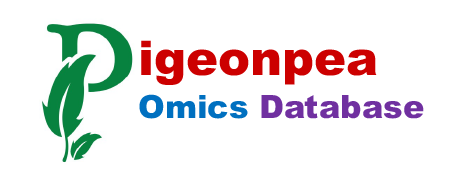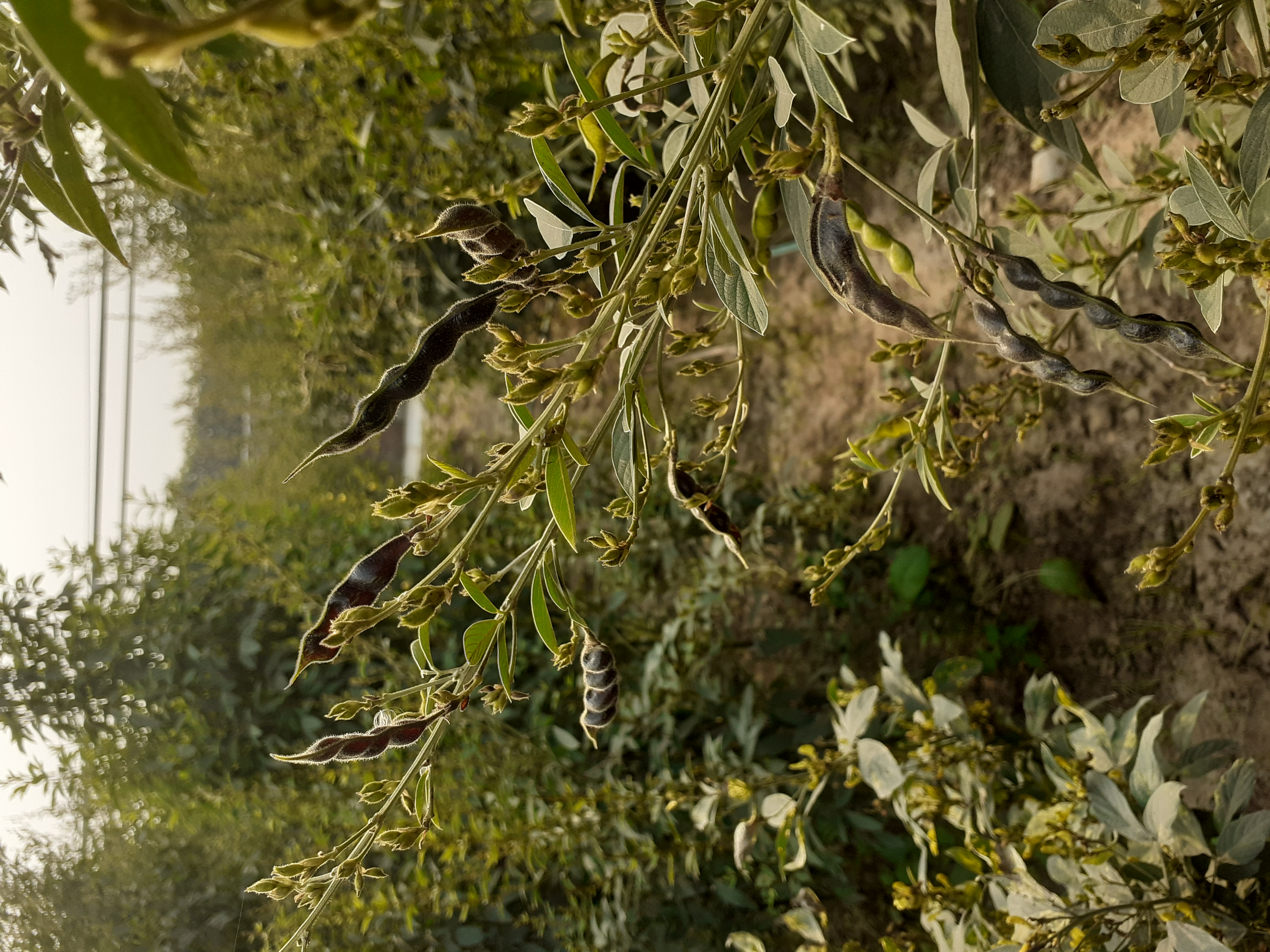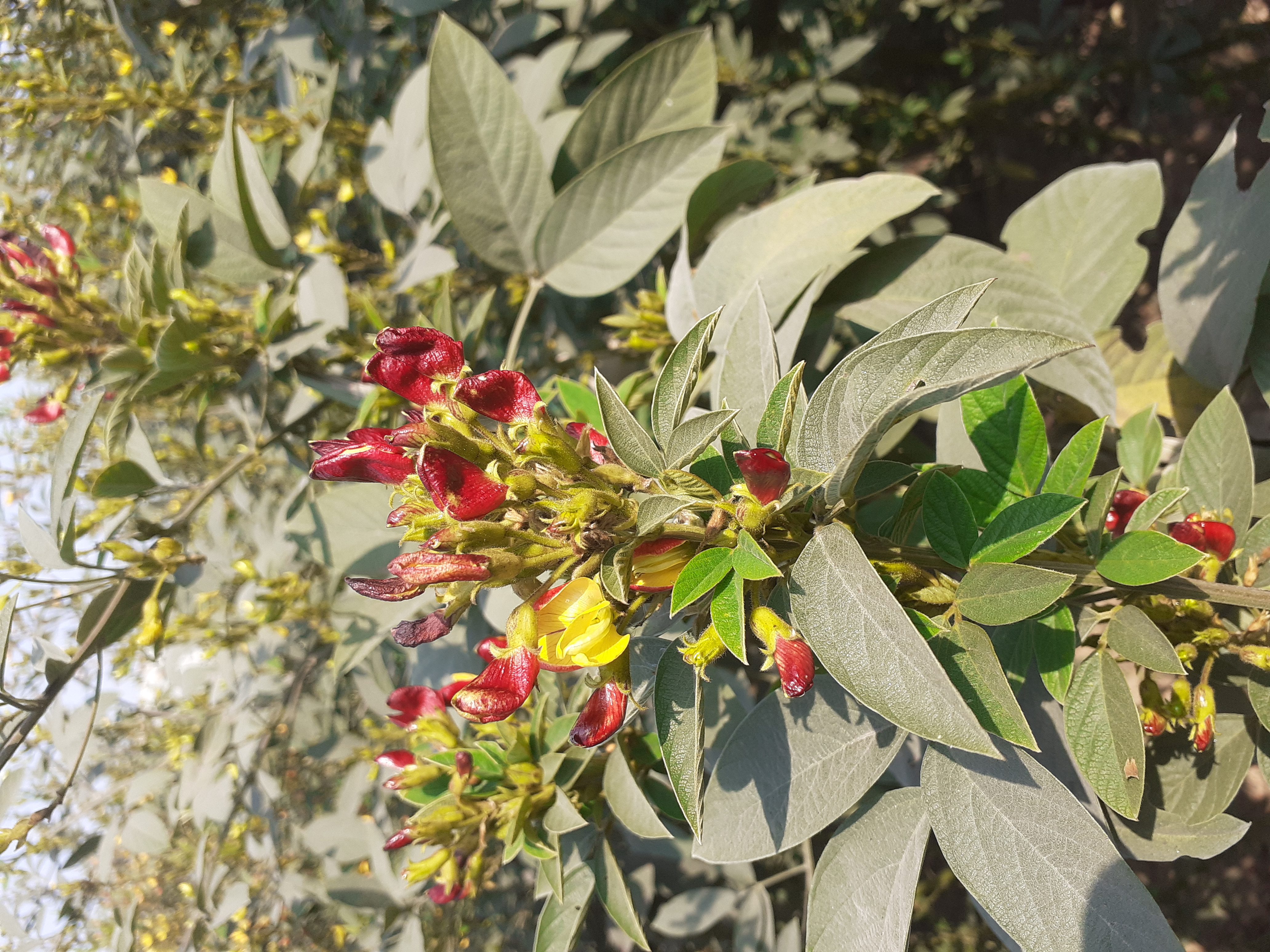
About
Introduction Of Database
The pigeonpea (Cajanus cajan (L.) Millsp.) is a significant grain legume crop of the tropics and subtropics. It has numerous uses as food, feed, fuel, a soil enricher or soil binder, as well as in fencing, roofing, and basket manufacturing. It is a diploid (2n=2x-22) with an estimated genome size of 858 Mb. The closest wild relative of pigeonpea is Cajanus cajanifolius. It is a great source of protein, minerals, and vitamins. Its seeds are composed of 85% cotyledons, 14% seed coat, about 1% embryo, and contain a variety of dietary nutrients. Huge diversity exists in the seed of pigeonpea, including seed coat color, size, texture, and taste.
A notable resource for the development of pigeonpea variety is the the first draft of pigeonpea genome sequence, which was finished through a network of Indian institutions coordinated by the Indian Council of Agricultural Research (ICAR). The first draft of the pigeonpea variety 'Asha’s genomic sequencing. The genome was assembled utilising long sequence reads of the 454 GS-FLX sequencing chemistry, which produced 510,809,477 bp of high-quality sequence and had mean read lengths of >550 bp and >10-fold genome coverage. 12,511 genes associated to transposable elements and a total of 47,004 protein-coding genes were predicted. The pigeonpea genome has 152 abiotic stress tolerance genes and 1,213 disease resistance/defence response genes, making it a robust crop. “Omics" technologies, next-generation sequencing has significantly strengthened pigeonpea research. Utilizing "multi-omics tools" is a successful method for identifying key regulators of different seed and traits attributes.
To utilize its potential, a coordinated and comprehensive evaluation of germplasm is required. Therefore, we have developed this database containing information on morpho-physiological traits (both qualitative and quantitative) along with details omics comprises genomics, transcriptomics and proteomics information.



